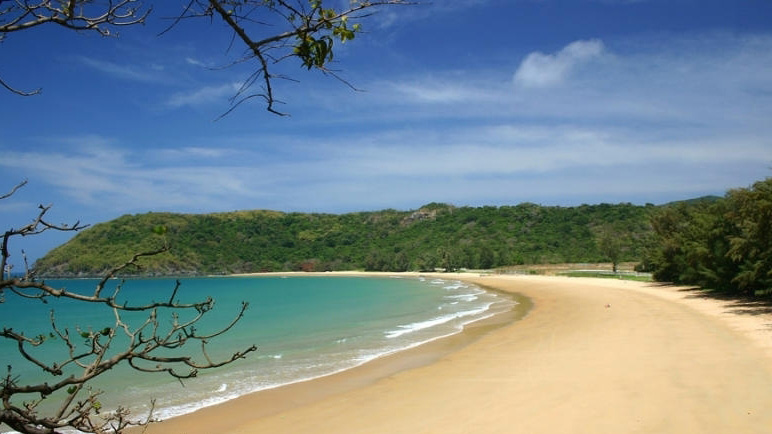


|
Con Dao island (Illustrative image)
The newspaper wrote that with the likes of Da Nang, Na Trang,
and Mui Ne now packed with tourists, Dat Tham beach, protected by the Con Dao
national park, is one of the few undeveloped stretches of sand left in
Vietnam.
Getting there requires some effort, with visitors needing to
check-in at the park office before beginning a four-mile hike to the beach. Once
you reach the shore, however, you are met with a beautiful (and most likely
completely secluded) crescent-shaped bay, according to the newspaper.
South-east Asia has some of the most beautiful beaches in the
world, with golden sands, crystal-clear waters and lush green plant life, so
it’s no surprise the region attracts millions of tourists a year. But its
popularity has come at a price, with overcrowding, coral damage, and waste
becoming increasingly common problems for the region’s coastlines. As a result,
the Independent recently made a list of 10 beaches for travelers who are
looking for eco-friendly destinations in Southeast Asia.
Other beaches on the Independent’s list are the beaches of Gili
Air, Gili Islands in Indonesia; Ngapali beach in Myanmar; Sunset beach in
Thailand; the beaches of Isla de Gigantes in Philippines; Juara beach in
Malaysia; Bottle beach in Thailand; the beaches of Kepayang Island in
Indonesia; Bacuit Bay in Philippines; and Lalaji Bay, Long Island, the
Andamans.
|
Source: NDO